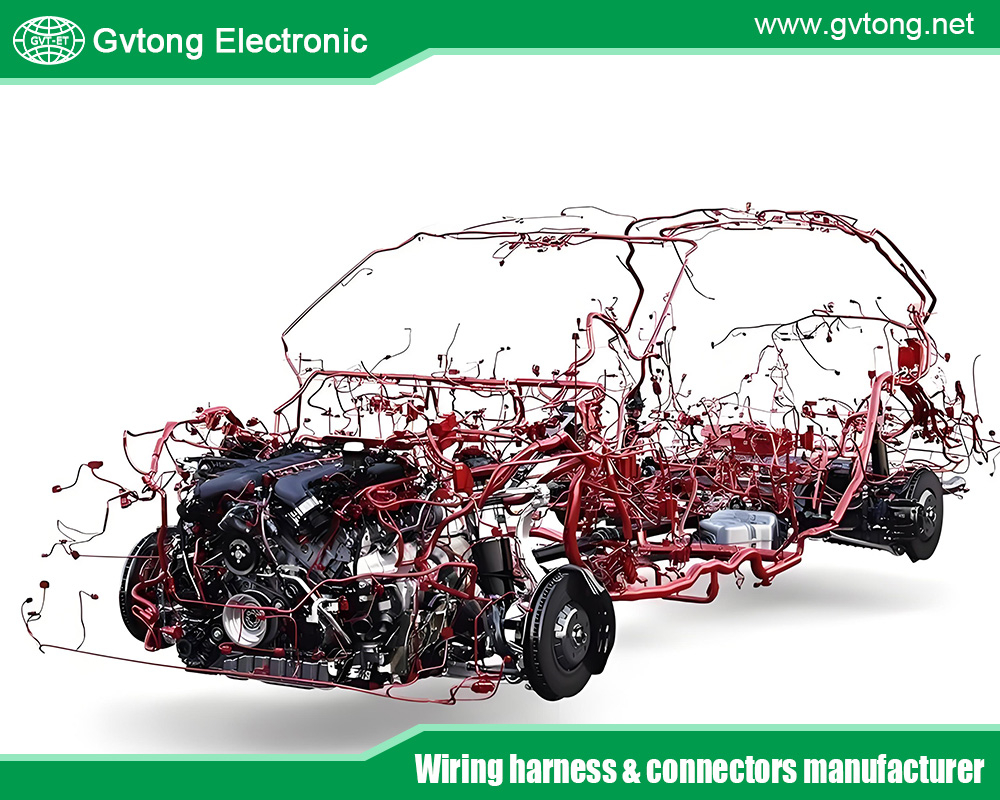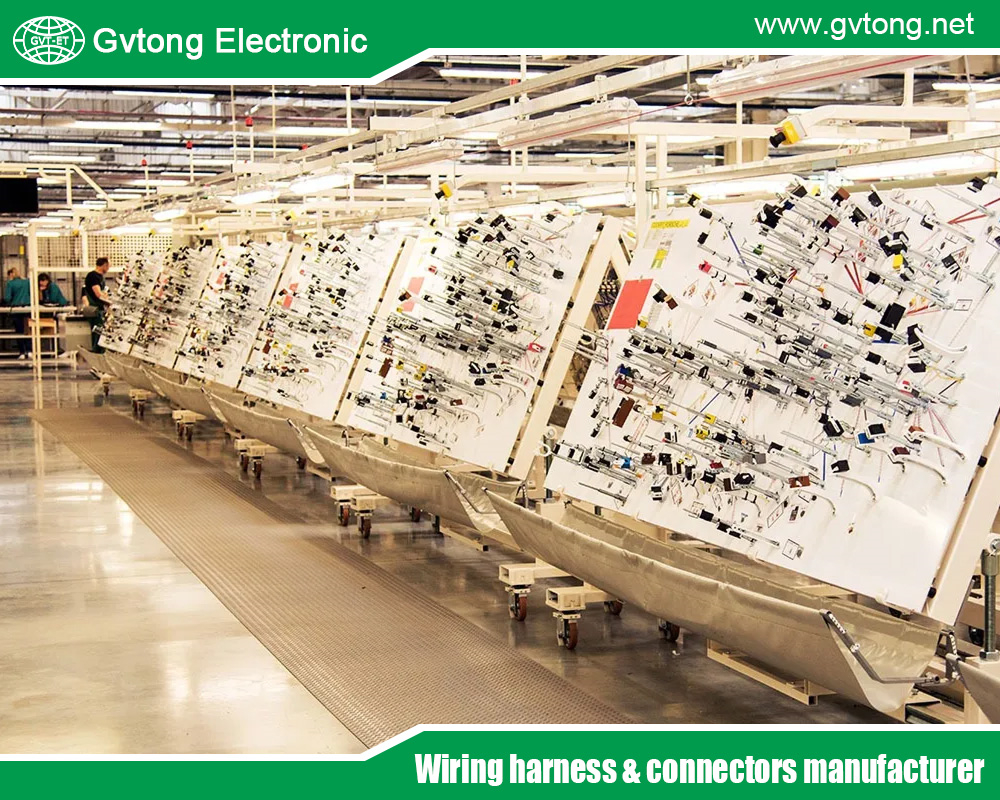Blogs & News
We are focus on automotive wiring harness & connectors technology.
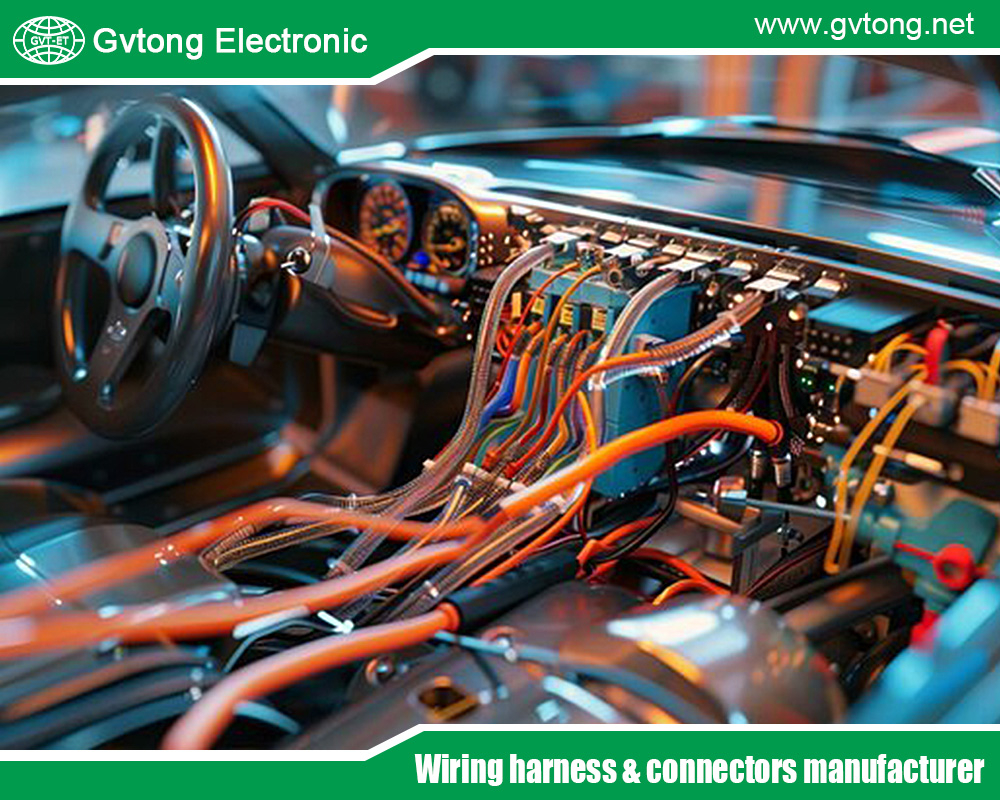
Automotive Electronics: The Transformative Force in Ensuring Driving Safety and Enhancing Riding Experience
- Gvtong Electronic
- 48V board net connectors, ADAS sensor connectors, Anti-vibration automotive connectors, Automated assembly connectors, automotive diagnostic connector, automotive electronics, automotive electronics factory, automotive electronics manufacturer, automotive electronics supplier, automotive electronics system, automotive High voltage connector, Automotive shielded connectors, automotive waterproof connectors, Automotive-grade AEC-Q200 connectors, Battery management system (BMS) connectors, EV charging connectors, Fuel cell connectors, Halogen-free automotive connectors, High-speed data connectors, High-temperature resistant connectors, In-cabin infotainment connectors, Lightweight automotive connectors, Low-contact resistance connectorsBlind-mate automotive connectors, Modular automotive connectors, OEM-specific connectors, Oil-resistant automotive connectors, Pre-charge/discharge connectors, Quick-fit automotive connectors, Recyclable material connectors, Redundant safety connectors, Thermal management connectors, V2X communication connectors, Wireless charging connectors
- No Comments
Automotive Electronics: The Transformative Force in Ensuring Driving Safety and Enhancing Riding Experience
In the era of rapid technological advancement, automobiles are no longer merely traditional means of transportation but intelligent mobile terminals integrated with numerous advanced electronic technologies. Automotive electronics profoundly influence our travel in multiple dimensions, particularly playing an irreplaceable key role in ensuring driving safety and enhancing riding experience.
Automotive Electronics Fortify the Line of Defense for Driving Safety
(A) Active Safety Systems: Intelligent Guardians Preventing Potential Hazards
- Anti-lock Braking System (ABS)As a classic in automotive electronic safety, ABS monitors wheel speed in real time through wheel speed sensors. When the vehicle brakes emergently and detects a wheel locking trend, the system rapidly intervenes to automatically adjust brake pressure, preventing the wheels from completely locking. This allows the vehicle to maintain steering capability during braking, effectively avoiding out-of-control situations and skidding caused by wheel lockup, significantly improving braking safety and enabling drivers to control the vehicle’s direction in emergency situations.
- Electronic Stability Control (ESC)Known as the vehicle’s “stabilizer,” ESC integrates information from multiple sensors, such as steering angle sensors and lateral acceleration sensors, to monitor the vehicle’s driving status at all times. When the vehicle shows signs of understeering or oversteering (loss of control), ESC quickly responds by automatically applying brakes to specific wheels and adjusting engine output torque, restoring the vehicle to a stable driving trajectory. This significantly reduces the risk of rollover and collision during high-speed driving, cornering, or on slippery roads.
- Adaptive Cruise Control (ACC)A powerful assistant for long-distance driving, ACC uses radar or laser sensors to detect the distance and speed of the vehicle ahead. After the driver sets the cruise speed and following distance, the system automatically adjusts the vehicle’s speed to maintain a safe distance from the前车 (preceding vehicle). When the vehicle ahead decelerates or changes lanes, the host vehicle will correspondingly slow down; when the road ahead is clear, it will resume the set cruise speed. This greatly reduces driver fatigue and minimizes rear-end collisions caused by inattentiveness or misjudgment.
- Autonomous Emergency Braking (AEB) SystemA “lifesaver” in critical moments, the AEB system continuously monitors the front road conditions through cameras, radars, and other sensors. When a potential collision risk is detected and the driver fails to apply brakes in time, the system automatically triggers braking to decelerate or stop the vehicle, thereby avoiding or mitigating the severity of a collision. Research data shows that AEB systems can effectively reduce the incidence of rear-end accidents, providing a strong guarantee for driving safety.
(B) Passive Safety Systems: The Last Barrier in Case of Accidents
- Airbag Control SystemA vital component of automotive passive safety, the airbag control system detects the intensity and direction of a vehicle collision through collision sensors. In the event of a severe collision, the system rapidly triggers the airbags to inflate and deploy instantly, providing a soft buffer for occupants to reduce direct impacts between vital parts (such as the head and chest) and hard interior components, effectively lowering the risk of injury. Today, airbags have become more diverse: in addition to the common dual front airbags, side airbags and curtain airbags now provide all-around protection for the interior space.
- Tire Pressure Monitoring System (TPMS)A guardian of tire safety, TPMS continuously monitors tire pressure and temperature. When tire pressure is too low or too high, or when the temperature rises abnormally, the system promptly issues an alarm to remind the driver to inspect and address the issue. Maintaining normal tire pressure not only extends tire lifespan but also ensures vehicle handling and driving stability, effectively preventing dangerous situations such as tire blowouts and loss of control caused by tire problems, adding an extra layer of security to driving.
Automotive Electronics Elevate Riding Experience in All Dimensions
(A) Smart Cockpit: Creating a Comfortable and Convenient Mobile Space
- In-Vehicle Infotainment System (IVI)The entertainment hub of modern automobiles, the IVI system integrates multiple functions such as navigation, multimedia playback, and Bluetooth telephony. A large HD display combined with a smooth operating system provides occupants with an intuitive and convenient interactive experience. The intelligent voice control system makes operations even more effortless: drivers can complete tasks like setting navigation destinations, switching music, and making/receiving calls via voice commands, eliminating the need for distracting manual operations. This not only improves driving safety but also adds fun to the journey. Additionally, the IVI system supports seamless connectivity with smartphones for information sharing and remote control, keeping occupants closely connected to the outside world at all times.
- In-Cabin Environmental Control SystemA considerate “管家 (butler)” for the vehicle interior, this system uses electronic sensors to monitor real-time parameters such as in-cabin temperature, humidity, and air quality, automatically adjusting the air conditioning system and ventilation equipment to create a comfortable environment for occupants. The automatic air conditioning can intelligently adjust the air volume and cooling/heating intensity based on the difference between the set temperature and the actual in-cabin temperature to maintain a constant interior temperature. The air quality monitoring function can promptly detect harmful gas levels in the cabin; when air quality deteriorates, it automatically activates the air purification function to filter dust, pollen, odors, and other pollutants, ensuring fresh and clean air inside the vehicle.
- Seat Comfort FunctionsThe application of seat heating, ventilation, and massage functions has elevated seat comfort to a new level. In cold winters, the seat heating function quickly warms occupants and dispels the chill; in hot summers, the seat ventilation function effectively reduces stuffiness in the hip and back areas, keeping occupants cool and comfortable. The seat massage function, through built-in massage devices, simulates various massage techniques to relieve fatigue from long-term sitting, making occupants feel as if they are in a comfortable massage chair and turning every trip into an enjoyable experience.
(B) Intelligent Driving Aids: Making Driving Easier and More Enjoyable
- Lane-Keeping Assist (LKA) SystemA constant guardian to keep the vehicle in the correct lane, the LKA system uses cameras to identify lane lines. When the vehicle unconsciously deviates from the lane, the system alerts the driver through steering wheel vibration, sound alarms, or gentle steering intervention, helping the vehicle return to the correct lane. This function is particularly useful for highway and long-distance driving, effectively reducing lane departure accidents caused by driver fatigue or inattention, making driving safer and more relaxed.
- Automatic Parking Assist SystemA boon for parking-challenged drivers, this system uses ultrasonic sensors, cameras, and other devices to automatically detect suitable parking spaces and calculate parking trajectories. Drivers only need to operate the gear and brake according to system prompts, and the vehicle can automatically complete a series of parking actions such as steering and reversing, easily maneuvering into tight parking spaces. This solves the problem of difficult parking, making the process simple and efficient.
- Head-Up Display (HUD) SystemBy projecting key information directly onto the driver’s front windshield, the HUD system allows drivers to view critical data such as speed, navigation information, and driving assistance prompts without lowering their heads. This reduces视线转移 (line-of-sight shifts), improves driving safety and focus, and provides an intuitive information display that makes driving operations more convenient and fluid, enhancing the overall driving experience.
Automotive electronics have demonstrated powerful capabilities and unlimited potential in ensuring driving safety and enhancing riding experience. With continuous technological progress and innovation, automotive electronic technologies will continue to evolve, bringing us safer, more comfortable, and smarter travel experiences, and making automobiles truly become our intimate and reliable companions.
For more about automotive electronics: the transformative force in ensuring driving safety and enhancing riding experience, you can pay a visit to Gvtong at https://www.gvtong.net/ for more info.
Recent Posts
The Best GR Series-Circular Connectors Manufacturer
The Best GD Series Combined Power Connector Manufacturer
A Guide to Selecting the Best GH Series Plastic Connector Manufacturer
How High Pressure Connectors Work?
The Best Automotive Connector Companies
Tags
Recommended Products
-
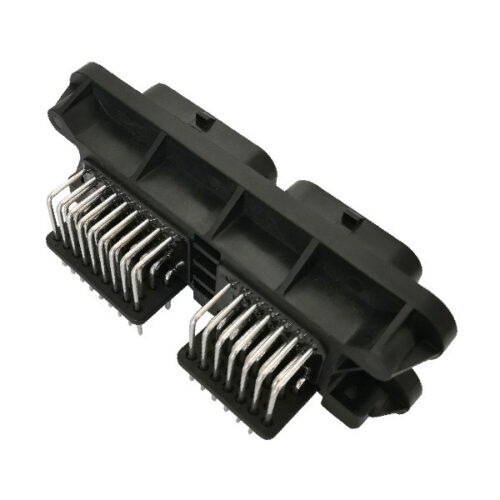
GE Series – 60-core (34+26) combined connector-socket
-
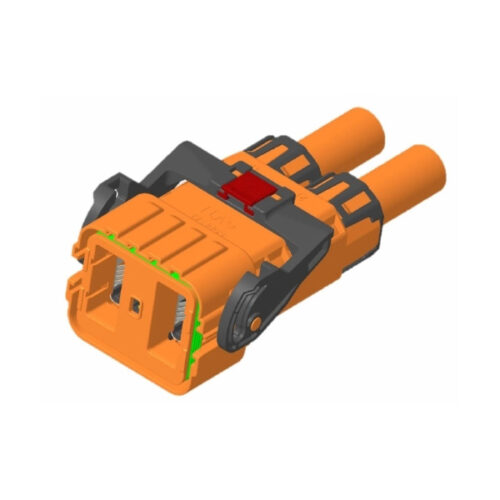
High voltage connector HV6-2PIN
-
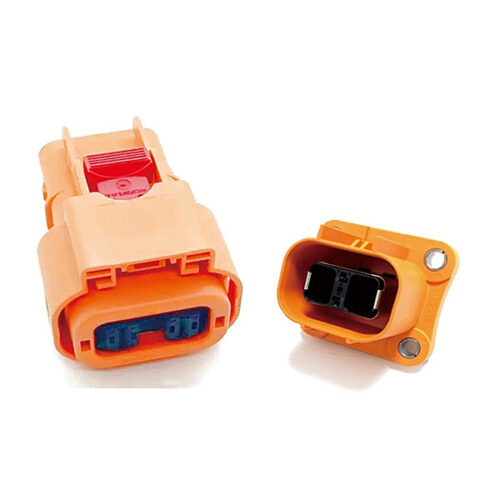
High voltage connector (2 cores)
-

Low voltage connector-30PIN socket + plug
-
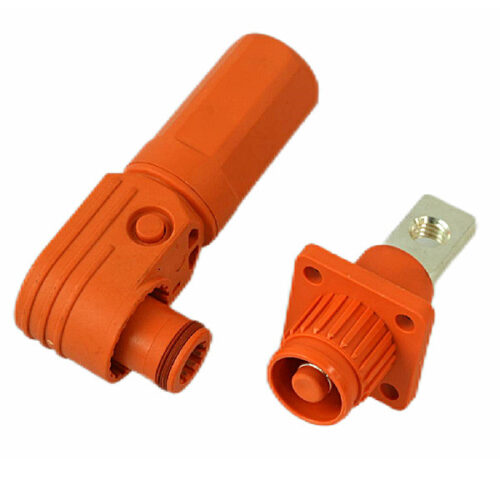
GB Series-Energy Storage Connector-8.0mm
-
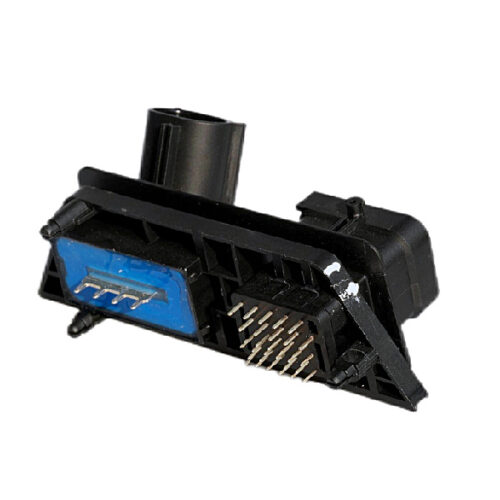
GE Series-33-core Signal Connector
-
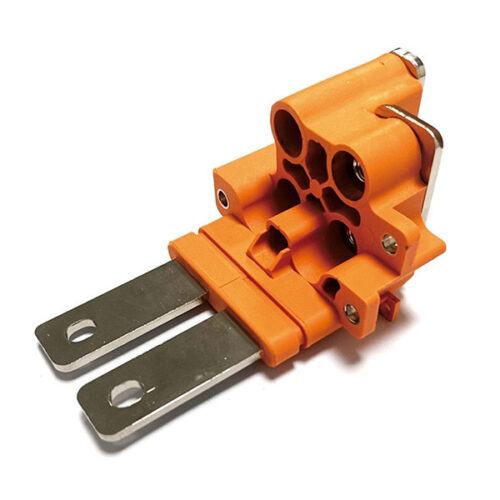
Copper bus fixing seat
-
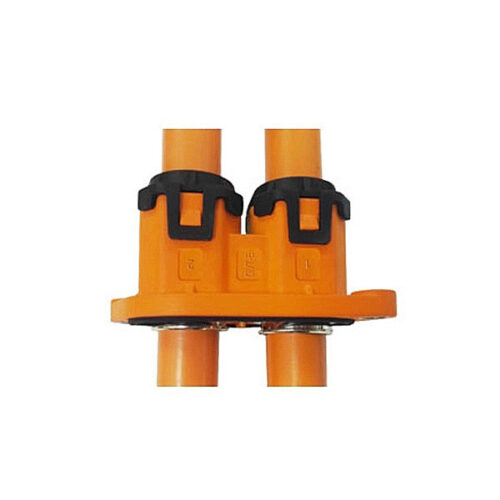
Automotive 2-Core Plastic Via Connector Automotive Connector 2 Pin 2.8mm 23A Straight Socket Plastic Shell

